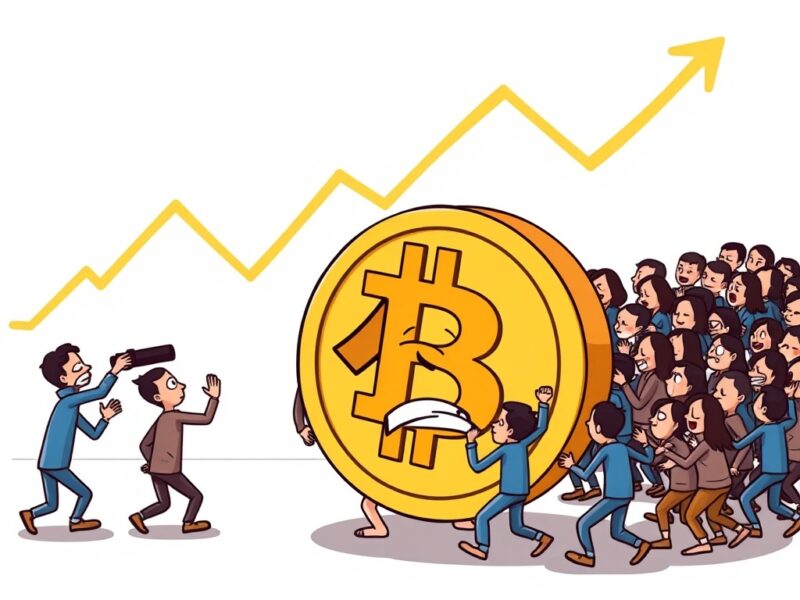Xiao Feng: ETF is good, but DAT is better
PANews reported on August 28 that Dr. Xiao Feng, Chairman and CEO of HashKey Group, said in his keynote speech at Bitcoin Asia 2025 today that DAT (Digital Asset Treasury) may be the best way to transfer crypto assets from on-chain to off-chain.
Dr. Xiao Feng elaborated on the four core advantages of DAT over ETFs:
First, it offers better liquidity. ETF subscriptions and redemptions take a long time, while DATs help investors transfer assets more conveniently and efficiently.
Second, it offers greater price elasticity. DATs have large market capitalization fluctuations and possess risk isolation properties, providing institutions with more arbitrage tools.
Third, the leverage ratio is more rationally designed. DAT companies provide a leveraged financing structure, which can bring higher premiums to investors compared to the price growth of cryptocurrencies themselves.
Fourth, DATs have a built-in downside protection mechanism. When the stock price drops by more than the company's net asset value, investors have the opportunity to buy Bitcoin or ETFs at a discount. Such a situation where the stock price falls below the net asset value will be quickly smoothed out by the market.
You May Also Like

DOGE to $1 Still Possible, But This Meme Coin Could Turn $20 Into $2,000

Vitalik Buterin to Deliver Keynote After Shanghai Upgrade at ETHTaipei
